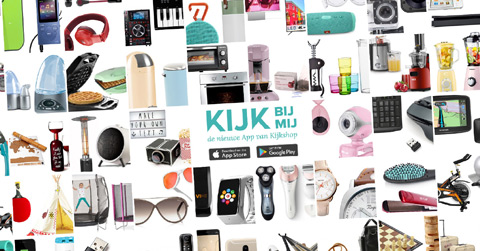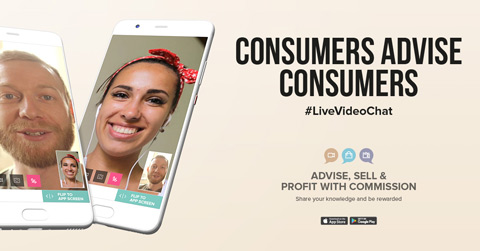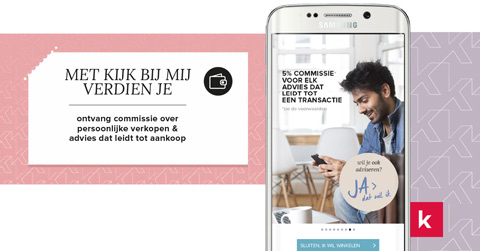[mindd showcase]
kbm site
An e-commerce site with more than 100,000 products is not rocket science in itself. But if this site is part of a platform where suppliers have to be able to arrange their own assortment, content, prices, stock, logistics, and service, there is a lot more involved.
In addition, the challenge of the KijkBijMij site was to make it work seamlessly with the KijkBijMij IOS and Android app. Consumers could request advice about products via a live video connection. In this way, the KijkBijMij community was activated to help each other.
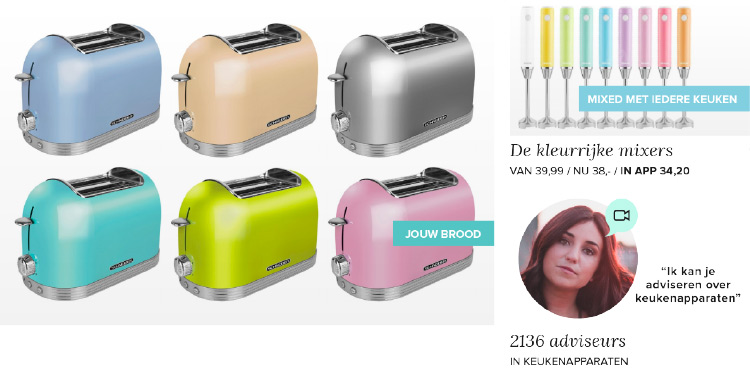
RESPONSIBLE FOR:
- CONCEPT & DESIGN
- UI/UX DESIGN
- SITE DEVELOPMENT
- PROJECT SUPPORT
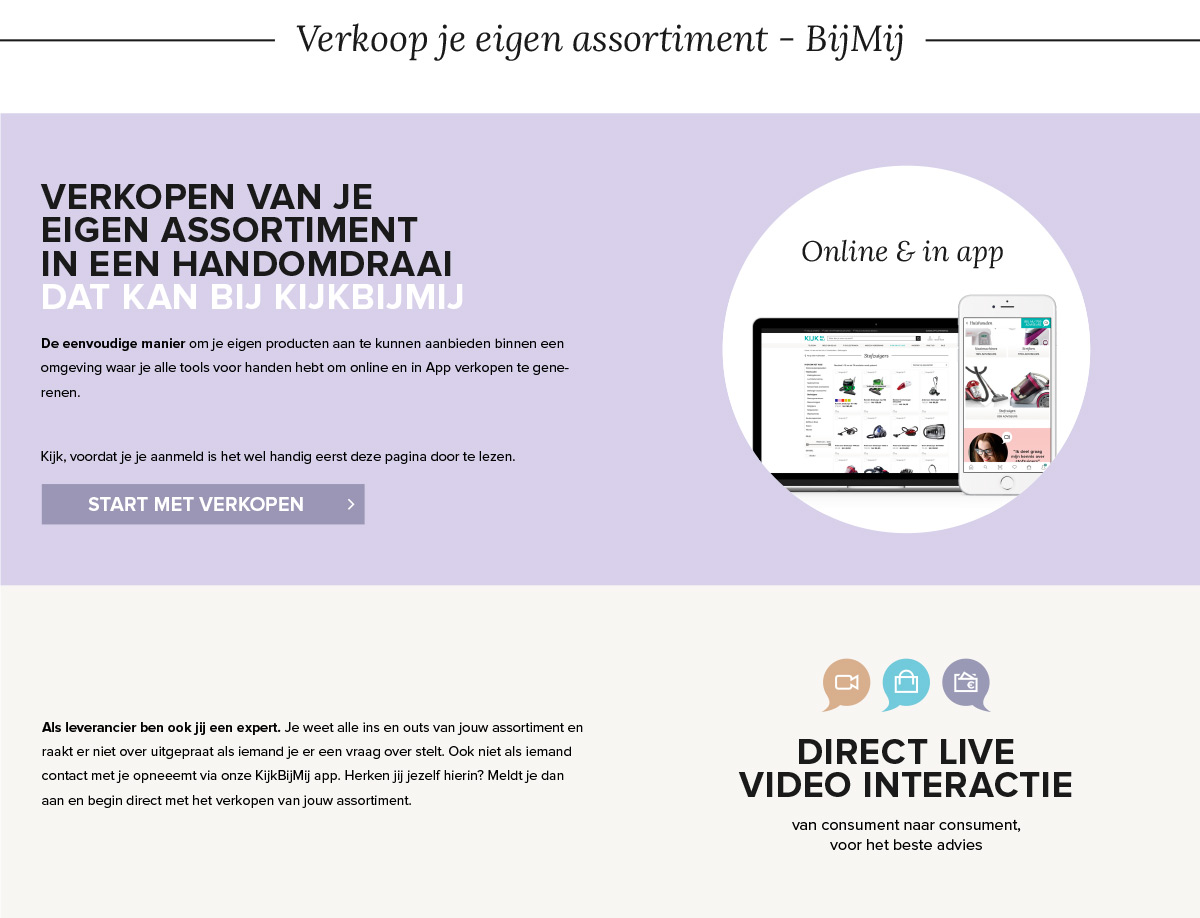
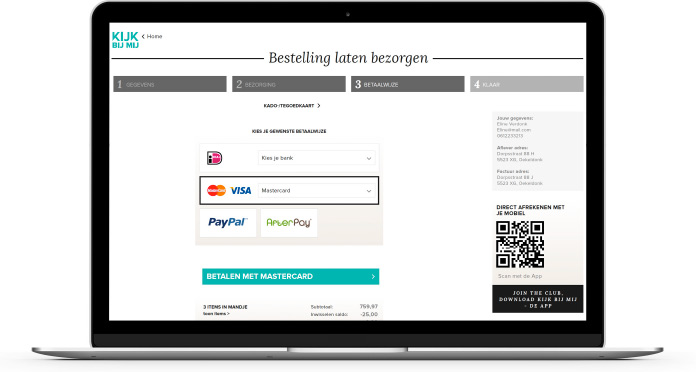
How to create a community on your site or platform?
Customers are great, but communities are more valuable. That’s because customers only buy and a community also acts as ambassadors and lets others buy.
They are proud of where they buy and share that pride. How do you build a site or a platform that creates a community?
1. Make sure visitors have something to want to come back to
It is important for a community that they often want to return to the same site or platform. If you have a static site where little or nothing changes, there is little reason for this.
But new content is not the only thing that makes visitors come back. Visitors also come back when they need the content or type of products on a regular basis. Examples of this are:
- Online supermarkets
- Online shops with small household products
- Gaming sites
- Travel information sites
If the visitor has returned to the site or platform a number of times, he will feel as if he is part of the community.
2. Engage visitors in your offer or services
If visitors have an influence on your offer or services, they are more likely to feel connected to the company and the brand. Many visitors naturally want to contribute to improving something. They feel of added value if they succeed in doing so. Frequently used ways are:
- An easily accessible service department
- Feedback forms
- Review and rating methodologies
- Product and article suggestion input forms
- (Re)active purchase advice (via video calls) as in this showcase
3. User Generated Content
One step further is the integration of external webshops or content. For a small commission, you can use their platform to offer your services or products. This is called user generated content. Not the creator of the platform, but the users fill the platform with content. Examples of this are:
- Amazon and Alibaba > Product offers
- Airbnb > Listings of vacation rentals and online experiences
- Medium > A range of user-written articles
The main advantage is that your online community grows by the effort of your users. Probably they will even do extra effort to gain new members within their own network.
4. Reward programs
Reward visitors for repeat purchases or repeat visits. This can be in the form of an online gift voucher, but also by giving access to extra functionalities or site content.
5. Incentive programs
Incentive programs are all about getting something extra if you put in an extra effort. For example, by bringing in new customers or members and thus help to grow the community.







